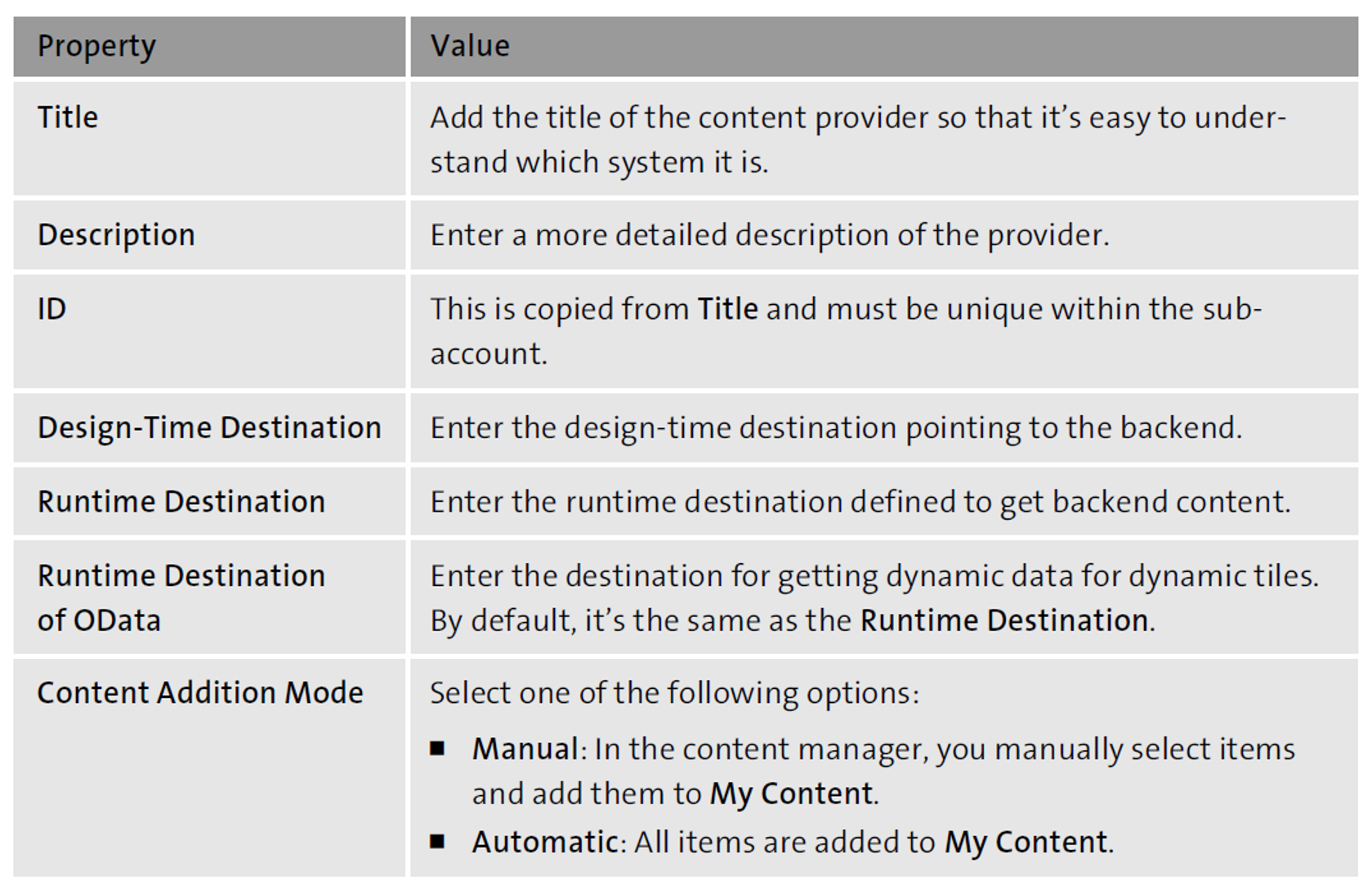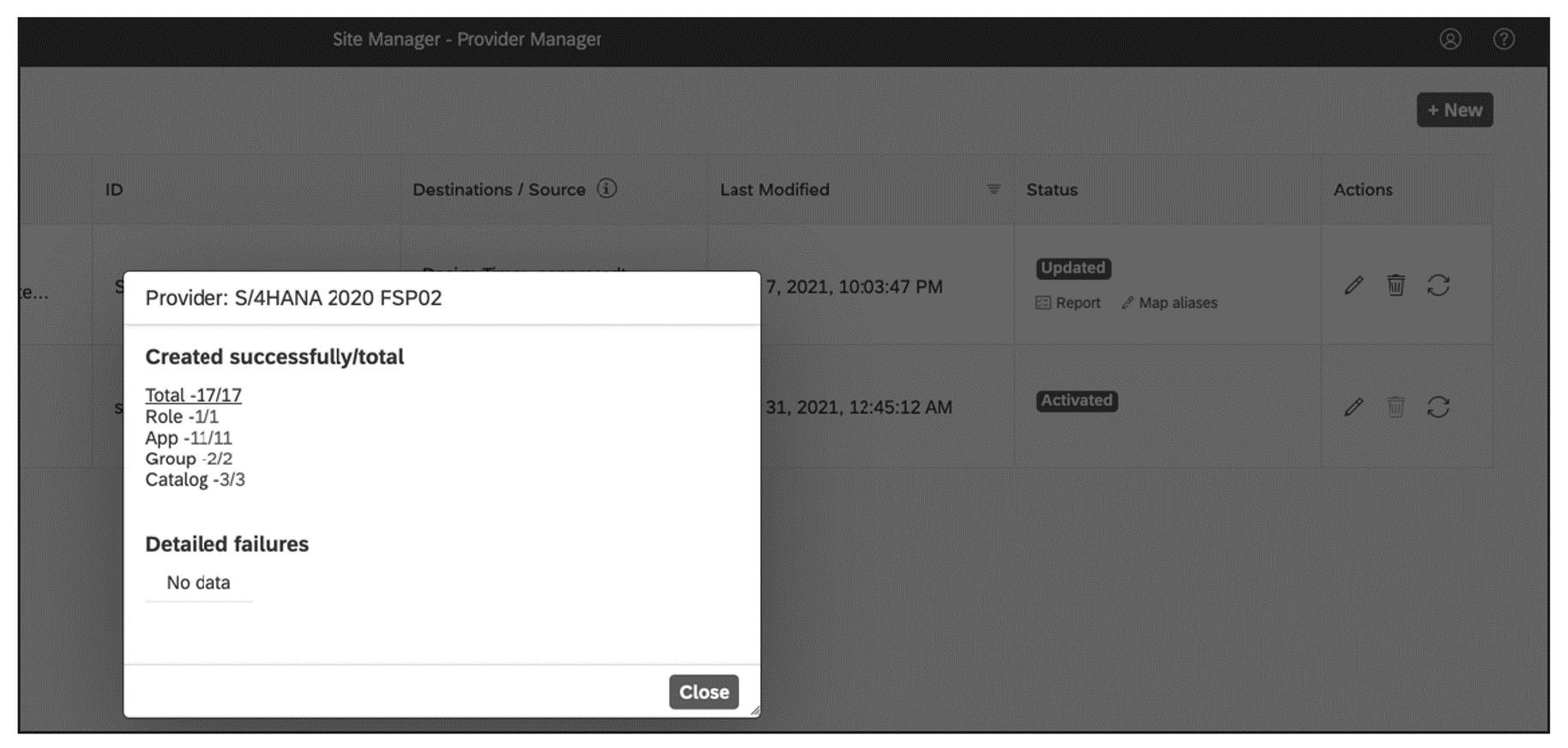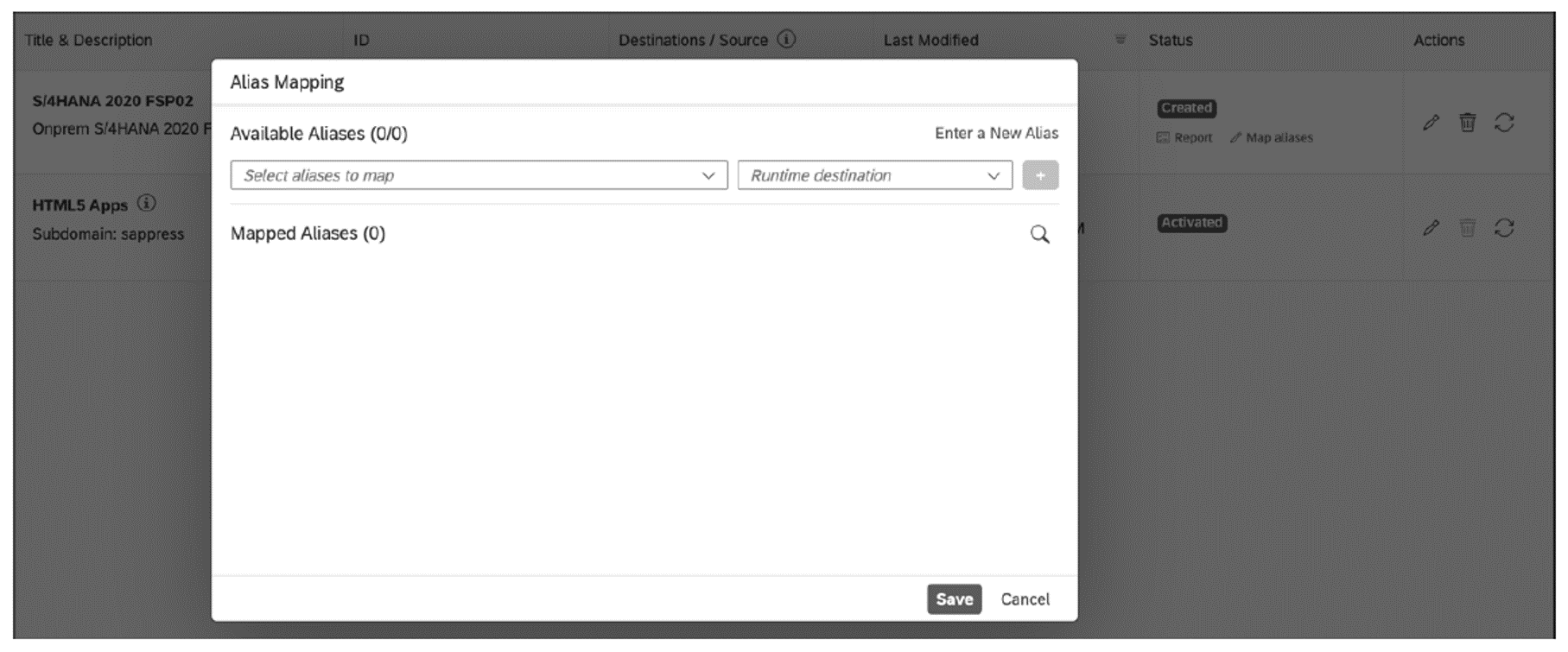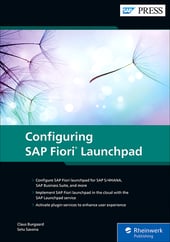Once you’ve created an SAP Launchpad service site and all the different content providers, you’ll need to assign content to the site. This blog post will teach you how.
Content assigned isn’t specific to one site but can be used by multiple sites within the same SAP Launchpad service subscription.
After the SAP Launchpad service is activated, the HTML5 apps content provider is created by default, and all other content providers must be created by the administrator. The figure below shows the Content Providers view the first time you access it.

You’ll use the Provider Manager to create, edit, delete (occasionally), and get updates from remote content providers. To create a new content provider, click on New in the upper-right corner. In the popup window, enter the information shown in this table.

Click Save to create the content provider. Depending on how many roles you’ve exposed from the backend system, the creation can take from one minute to several minutes.
When it’s ready, you’ll see that the status from the provider show Created.

You’ll notice two clickable items just below the status: Report and Map aliases. Report shows the number of roles, apps, groups, and catalogs that are successfully created in the site based on information from the backend system. In the figure below, you see the result of role Z_BR_GL_ACCOUNTANT_DE.

If, at some point later, you change the content that is exposed from the backend, you need to click the Fetch Updated Content icon, which will fetch the updated exposed content. In the report, you’ll then see the update content in terms of roles, apps, groups, and catalogs.
If you selected Automatic for the Content Addition Mode (refer to the table from earlier) when you created the content provider, all the content is automatically added to My Content under Content Manager.
Note: If you remove a role from the backend where you expose the content, the role is also removed from the SAP Launchpad service in all the different areas, such as My Content. However, the information is kept, so if you expose the role again at a later point, it will appear in all the places where it was original used.
Map aliases is only relevant if you expose content from a central hub deployment, which is the recommend setup for SAP Business Suite systems. In a central hub setup, the backend systems might have several aliases; to map each alias to the right runtime destination, you use Map aliases to do this mapping.
Click on Map aliases in the Status column of the relevant content provider. In the popup window, as shown in in the next figure, you select the alias that belongs to a given runtime destination. Repeat this for each alias.

It’s also possible to manually add an alias if it doesn’t show up on the list. Save your entries, and the mapping details are assigned.
Prior to completing these steps, it is assumed that you've introduced content providers for cloud solutions on a high level. One of the steps is to create runtime destinations to a cloud solution, that is, SAP S/4HANA Cloud or SAP IBP. In fact, you need to create two runtime destinations, one for OData and a default one; pay attention, however, as they are very similar but the values of the URL parameters are different. After you’ve created the two destinations, you also have to create a content provider for the on-premise systems.
You don’t need to create a content provider for content on SAP Business Technology Platform (SAP BTP), for example, HTML5 apps or plug-ins, as this is created automatically when activating the SAP Launchpad service, as shown previously.
For manual integration of content, typically SAP Business Suite content, you don’t need a content provider either. Instead, you select the relevant destination created in the SAP BTP cockpit.
You’re now ready to integrate the different types of content into the SAP Launchpad service and assign it to a site.
Editor’s note: This post has been adapted from a section of the book Configuring SAP Fiori Launchpad by
Claus Burgaard and Setu Saxena. Claus is a UX and mobility expert with more than 20 years of technical experience at SAP. Setu is a UX architect at SAP Denmark. He has more than nine years of experience working with SAP.
This post was originally published 11/2022.



Comments